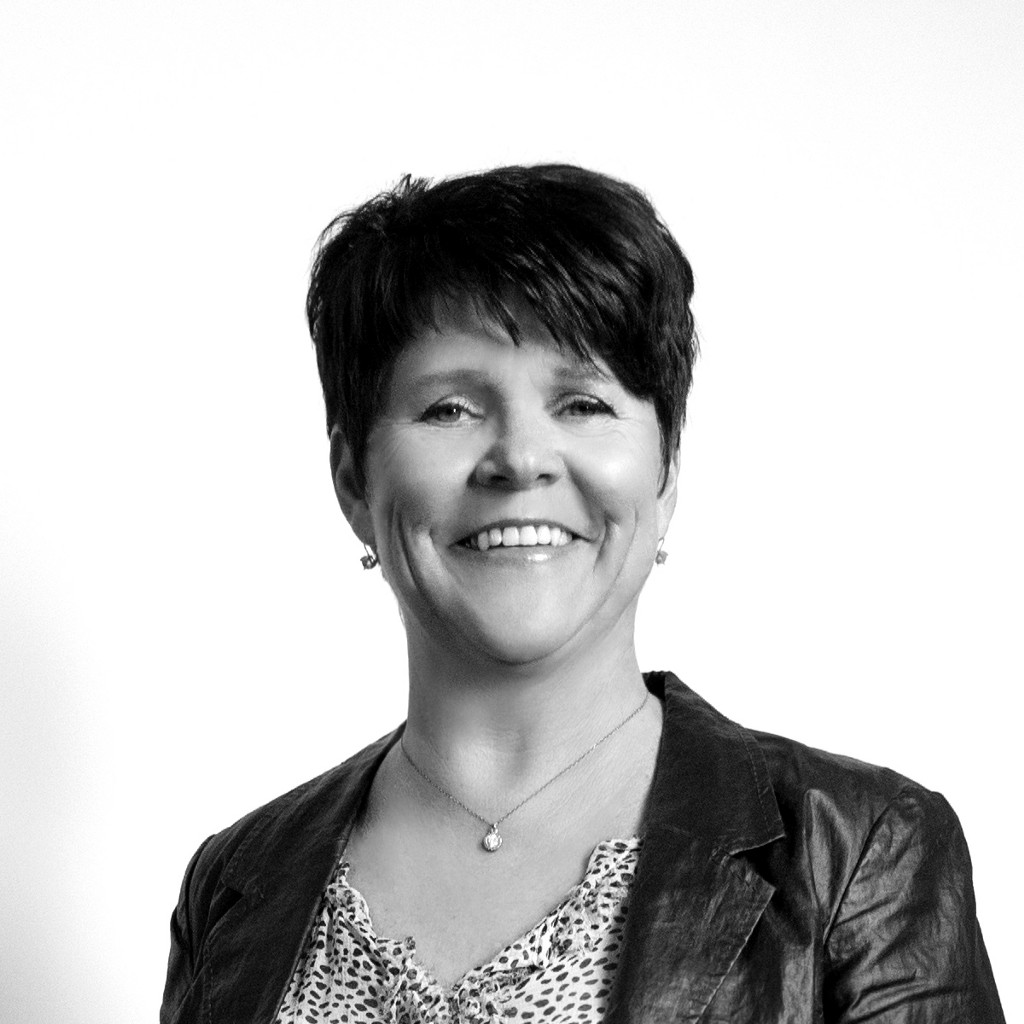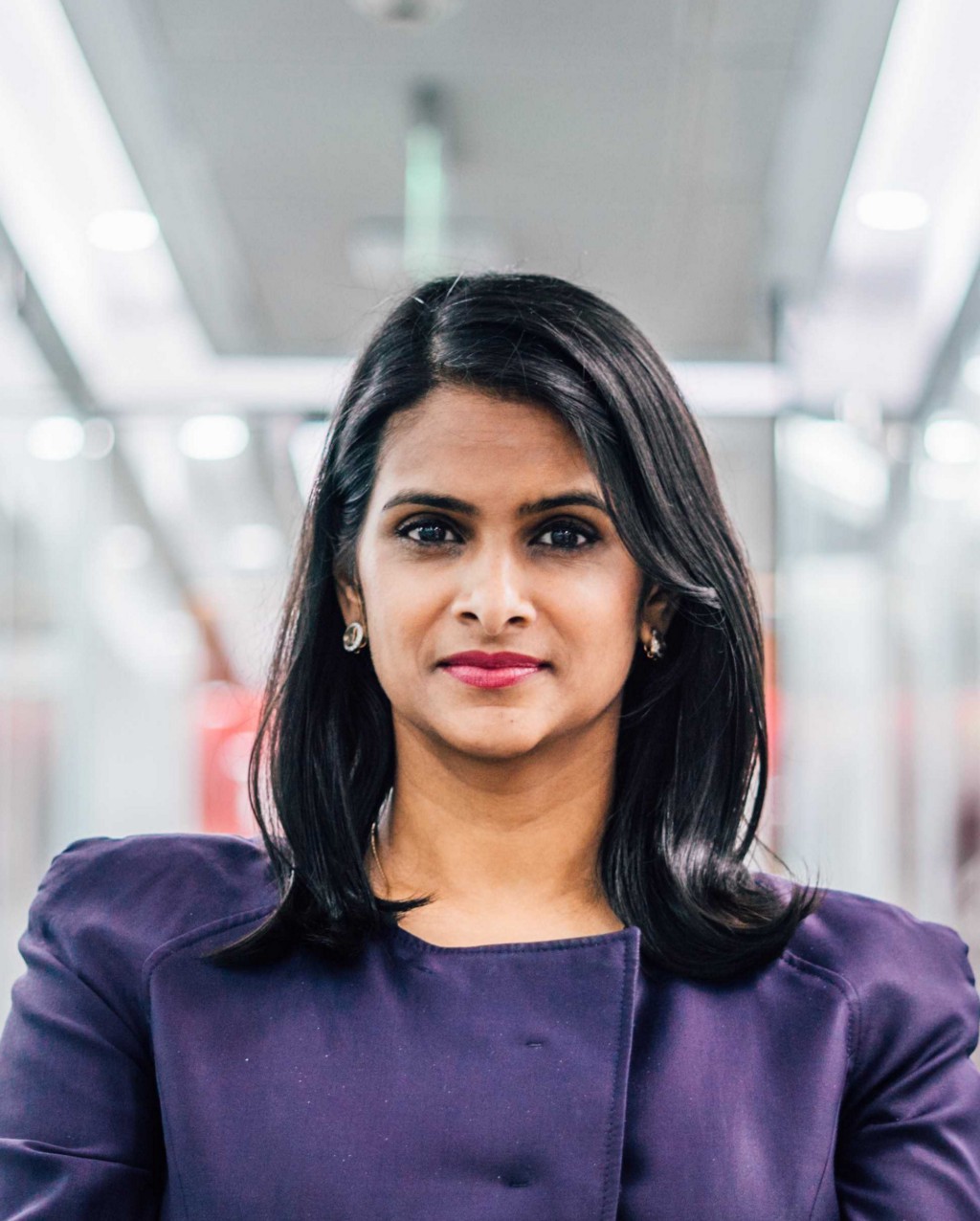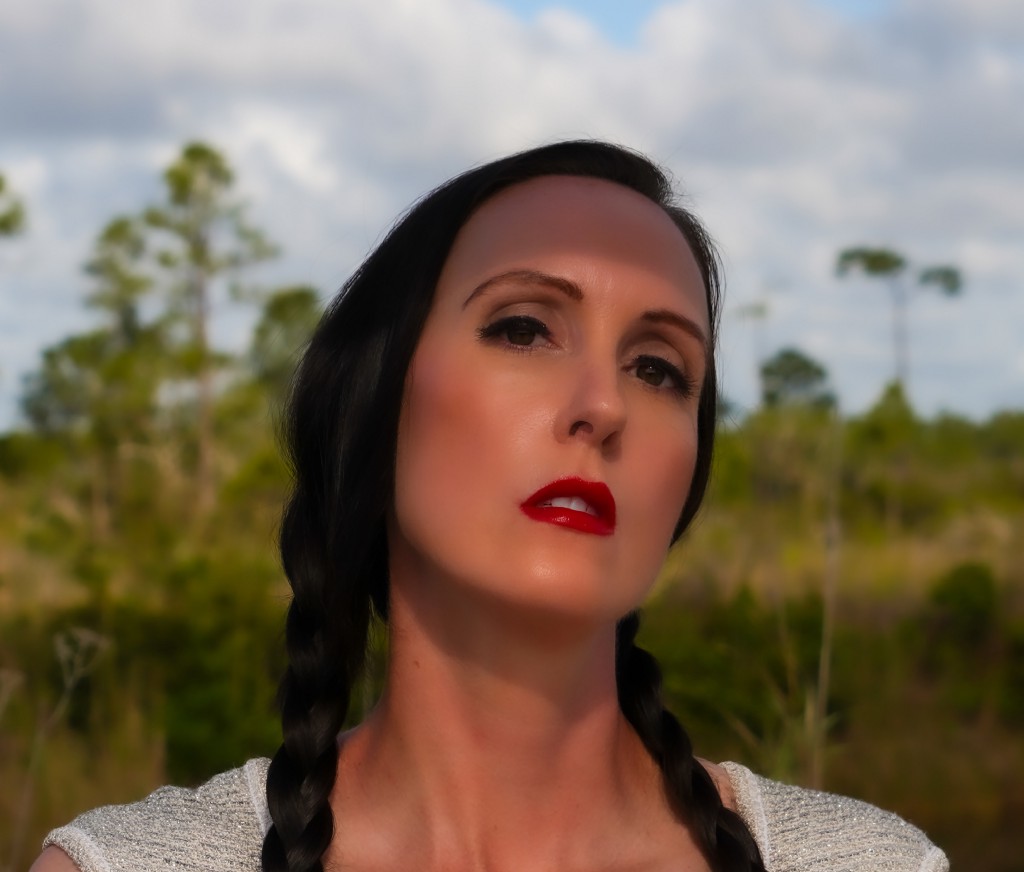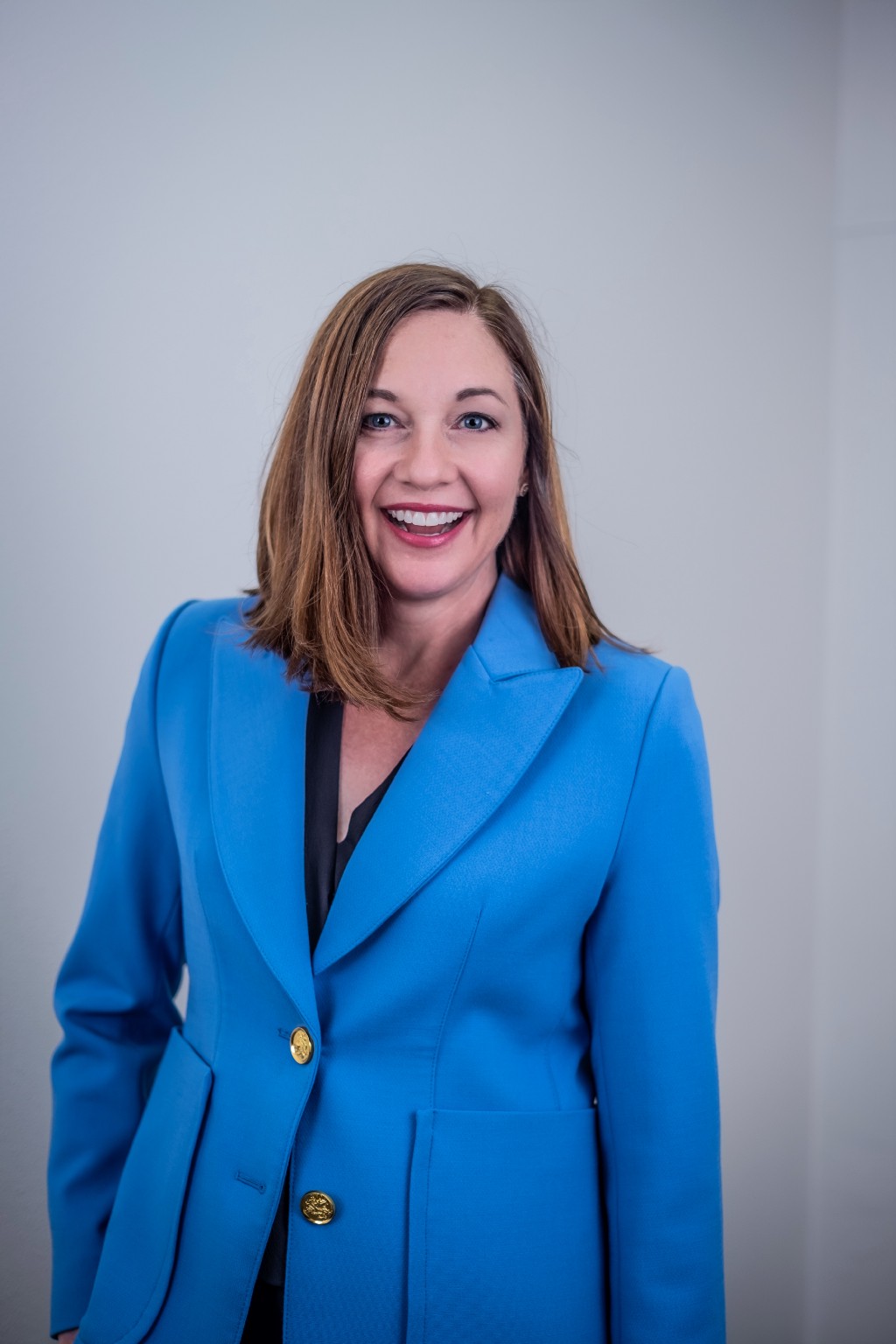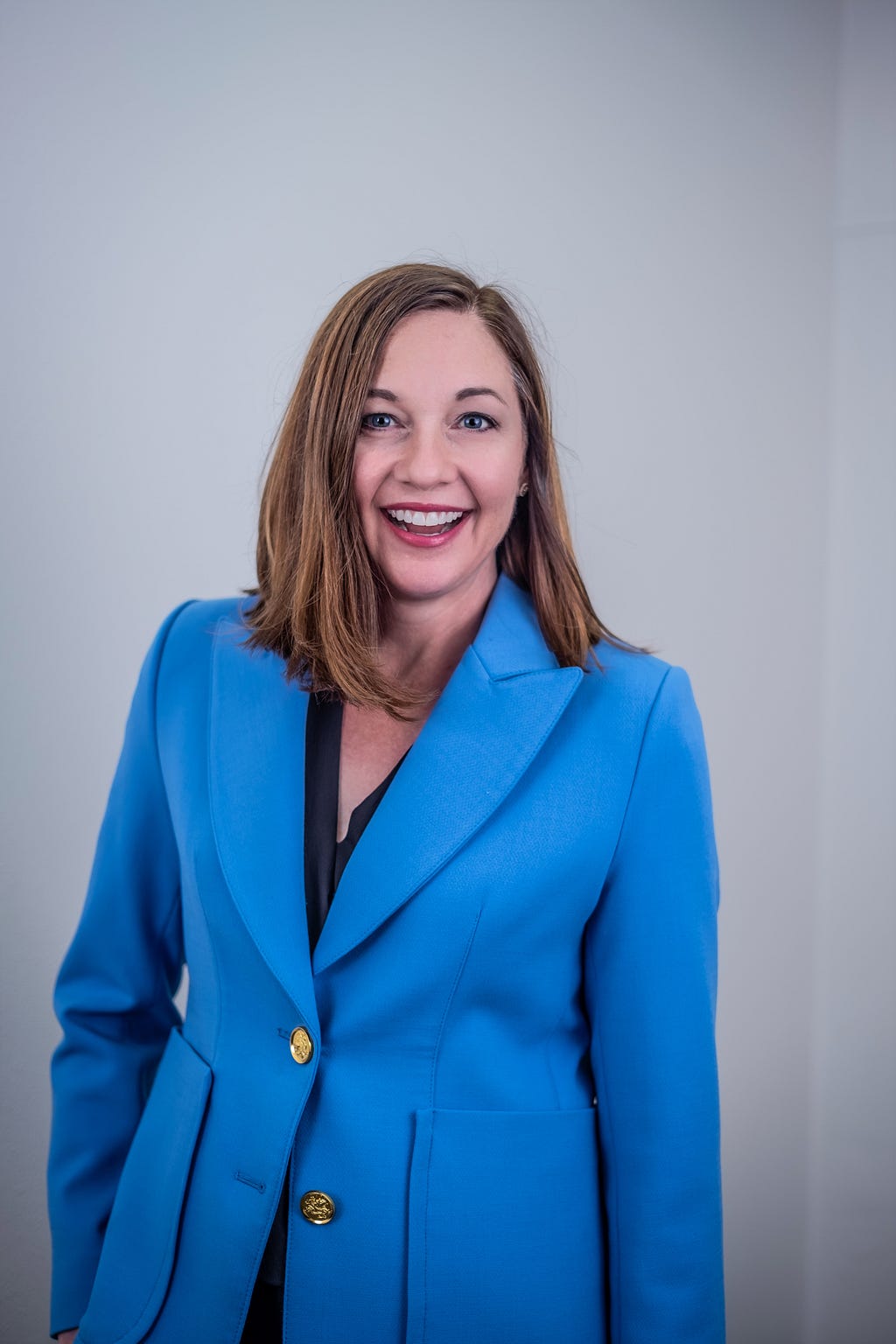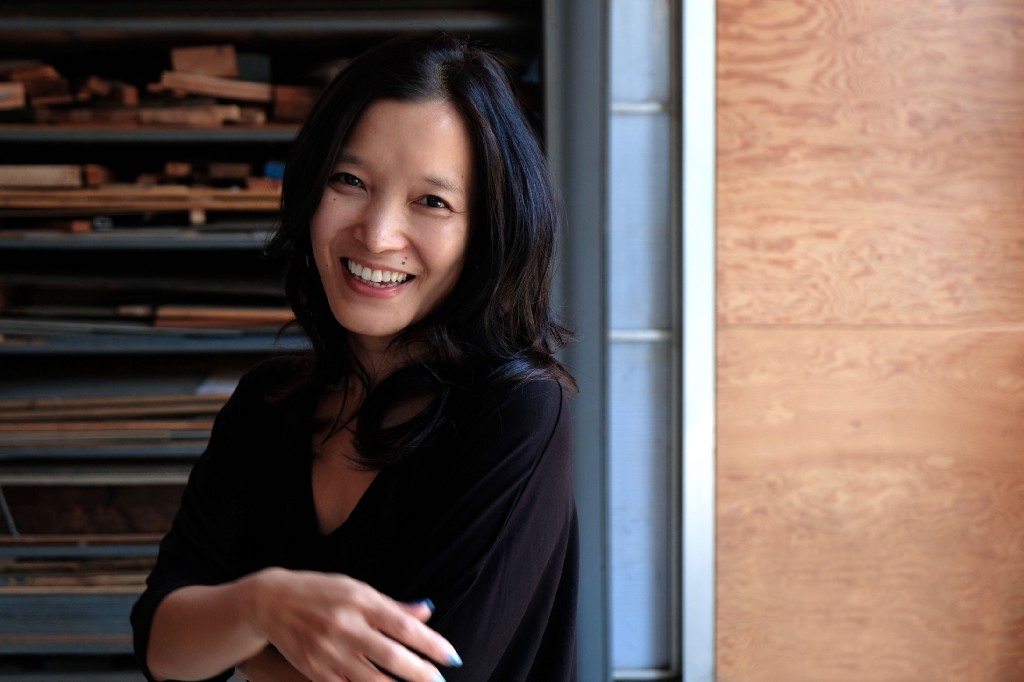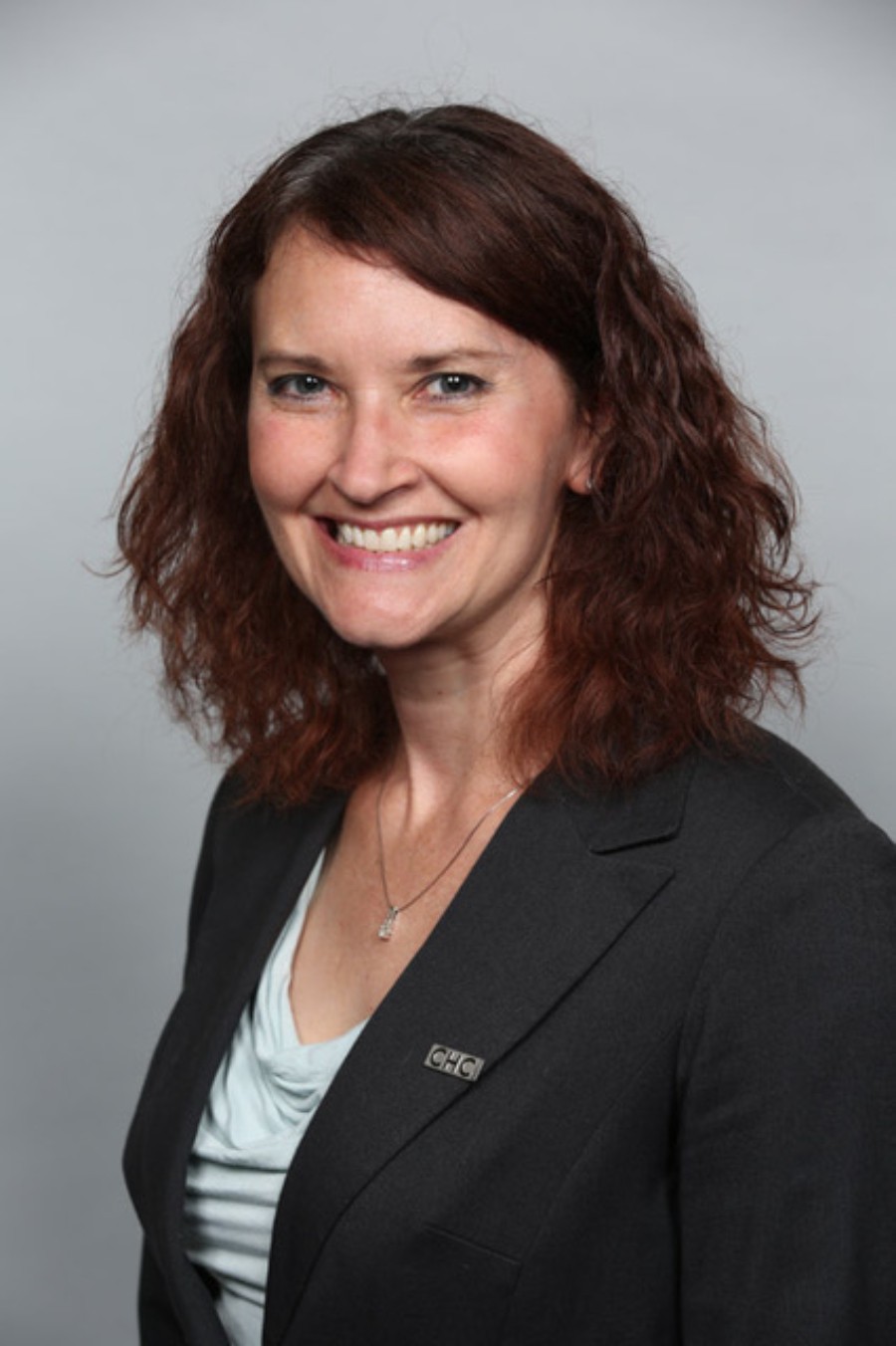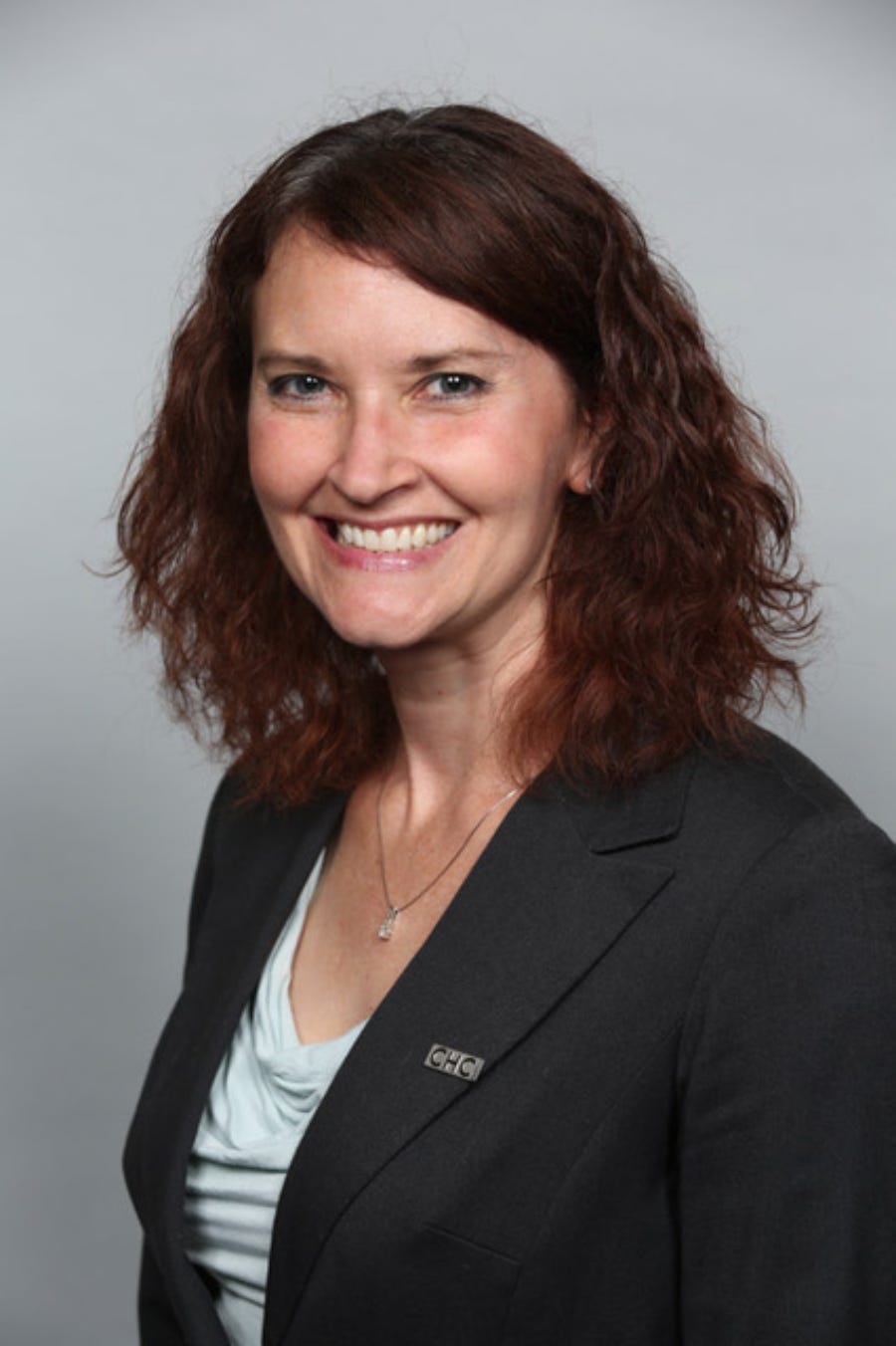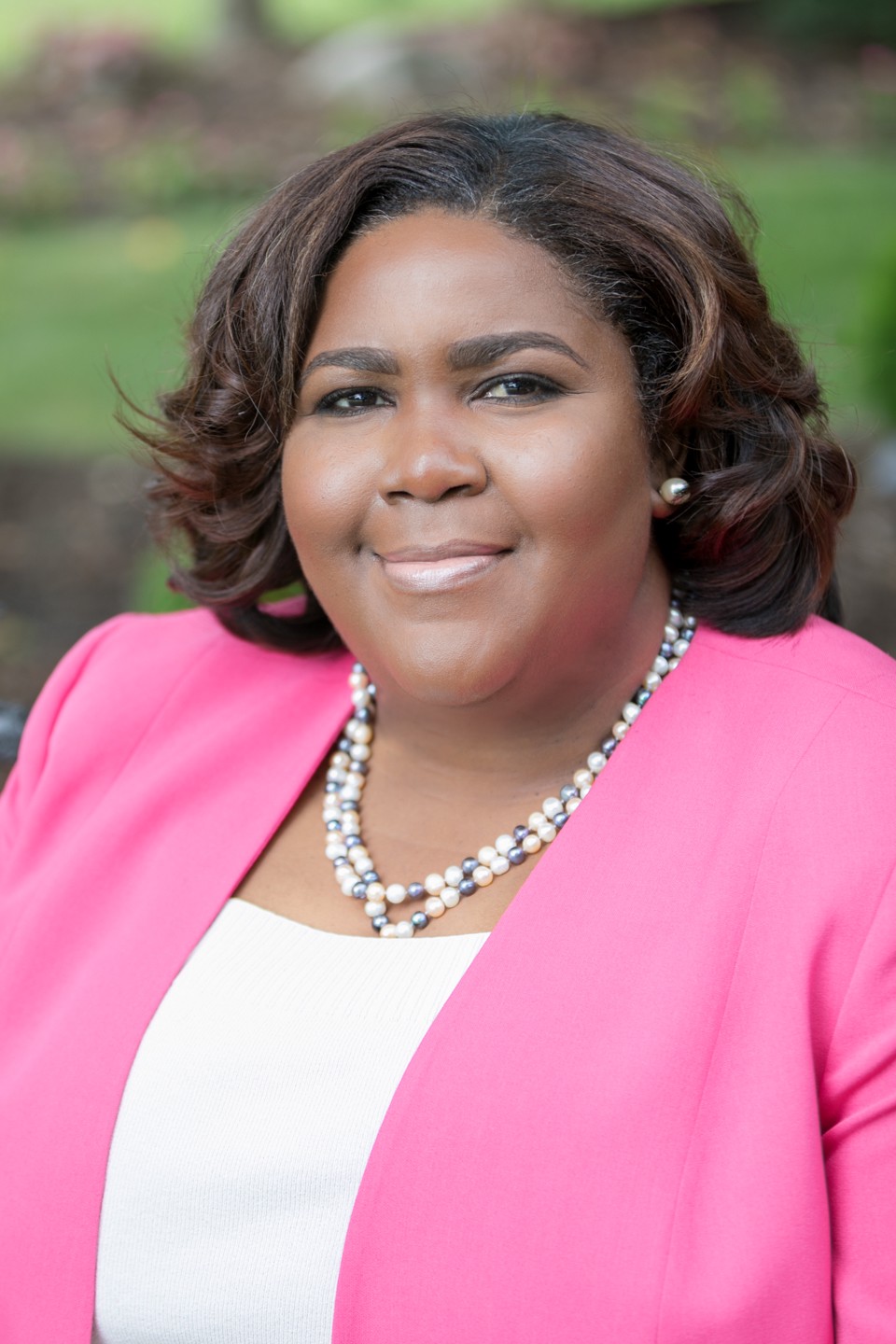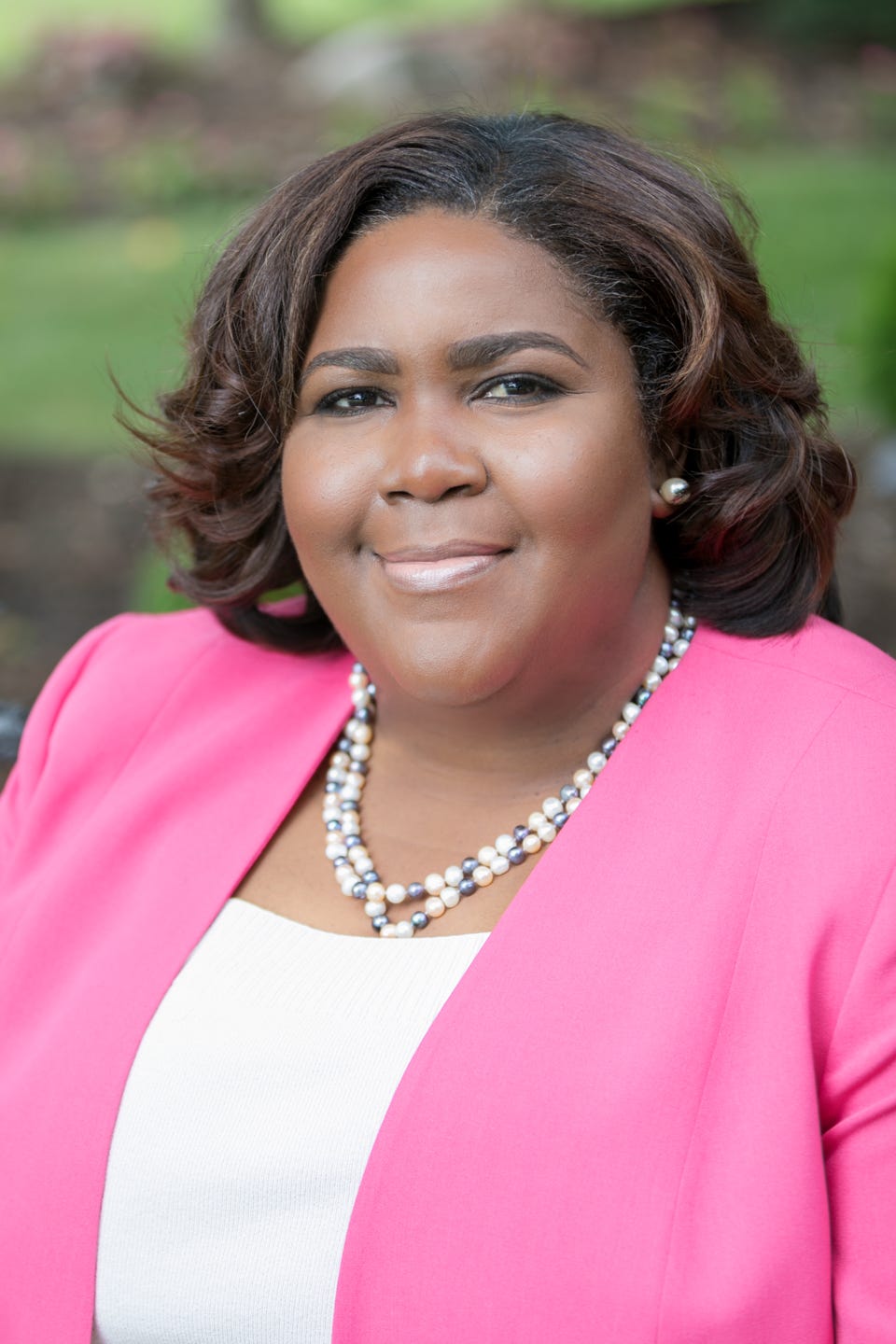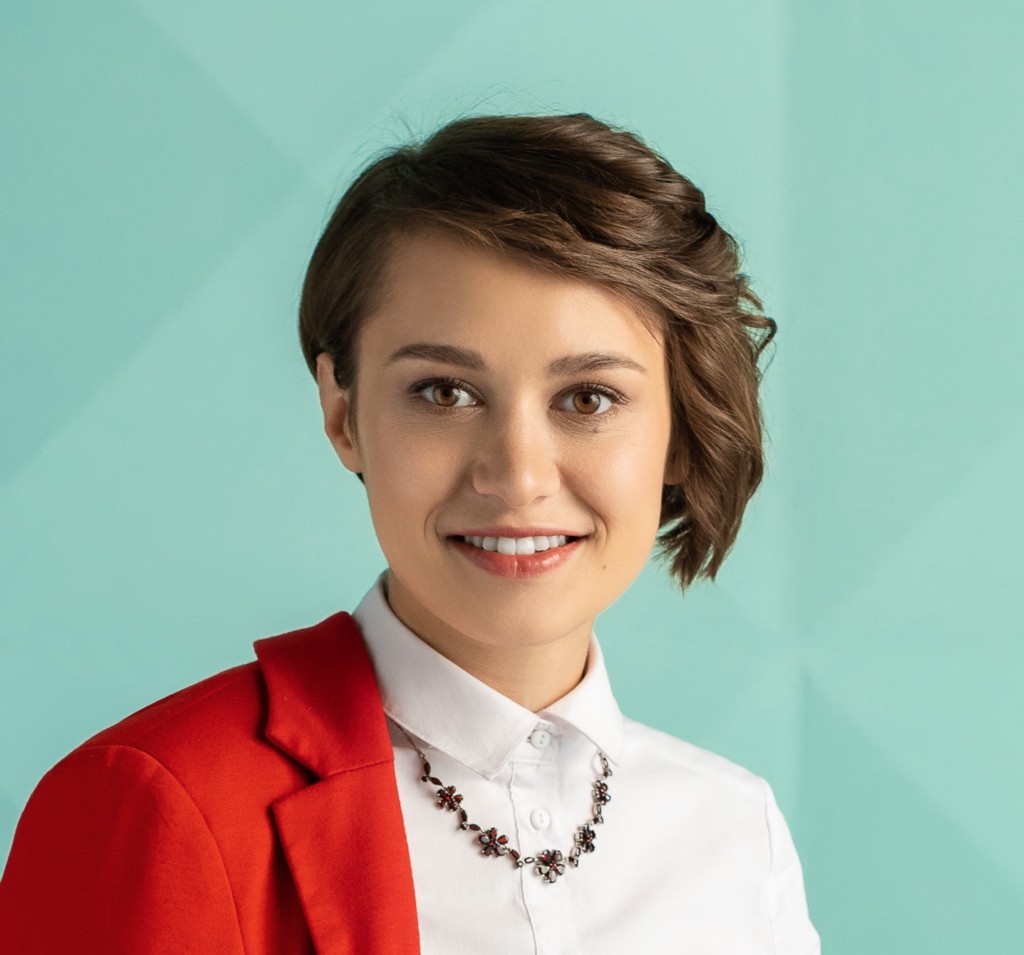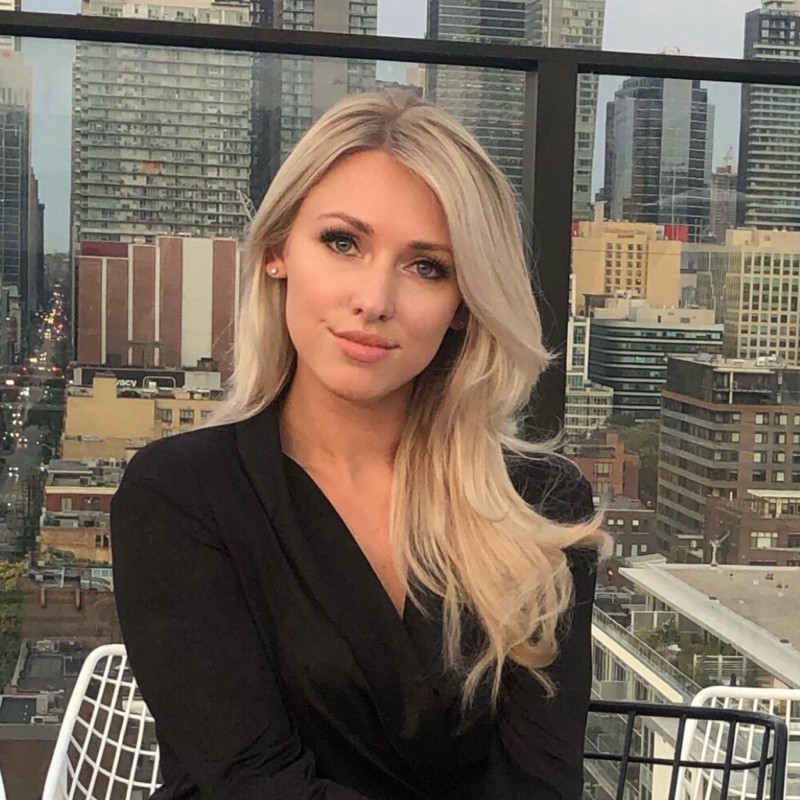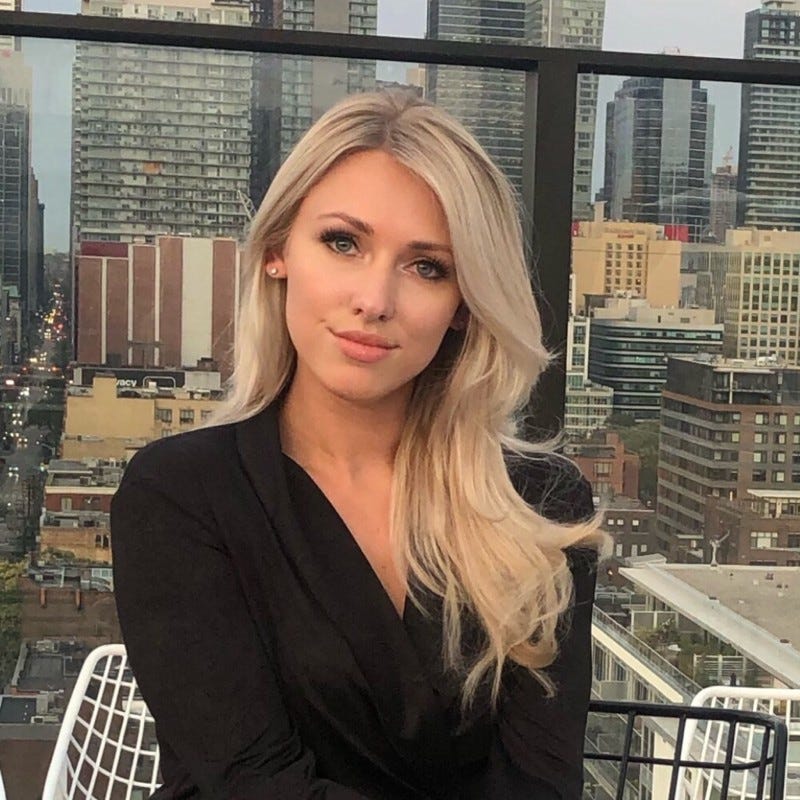Modern Fashion: Shannon Scott of Community Made On The 5 Things You Need To Lead a Successful Fashion Brand Today
An Interview With Candice Georgiadice
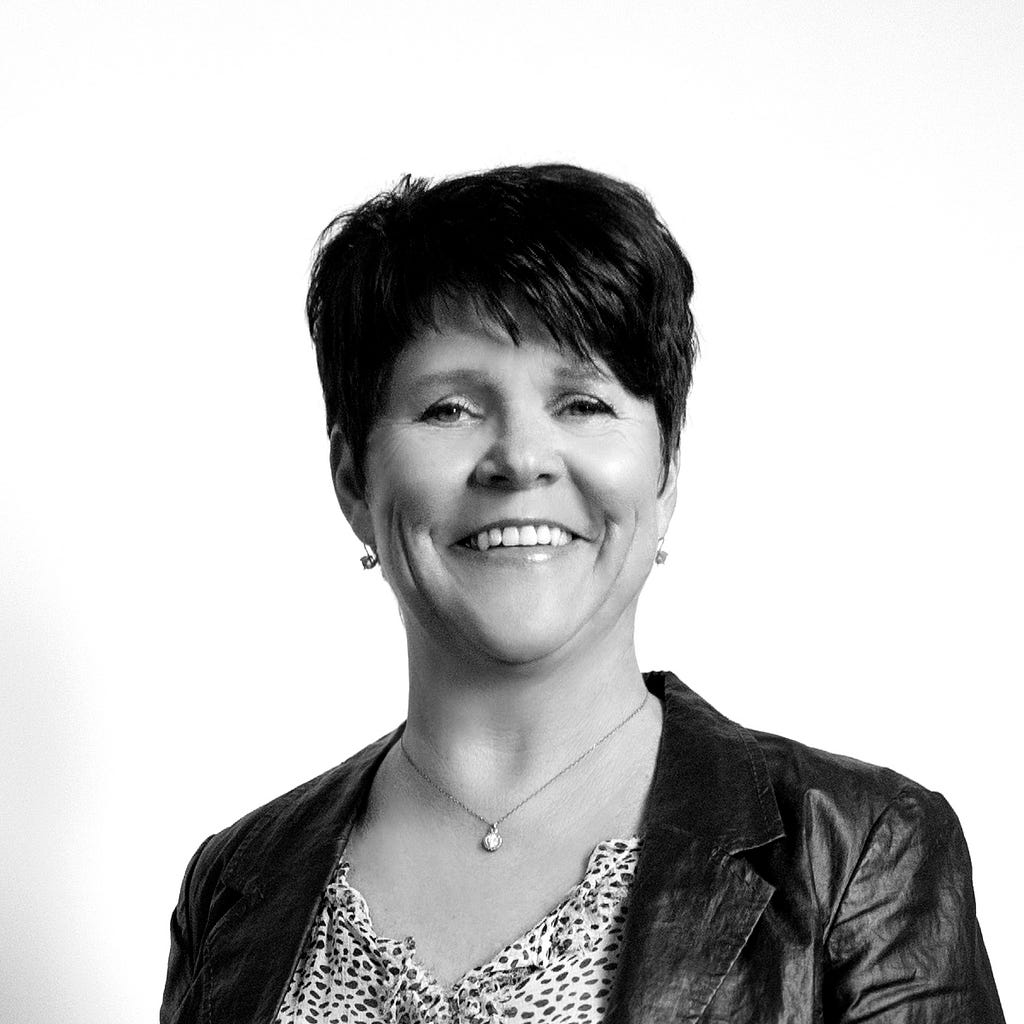
The first thing you need, which drives everything else that the business is going to do, is what we refer to as the “Brand House.” This is your founding principle, or your mission, and the pillars that you are building upon. You need to define your mission and the five to seven things that your company absolutely has to vet every single time they take on a project. For us, one is “people and planet before profits, and profits will naturally come.”
Many in the fashion industry have been making huge pivots in their business models. Many have turned away from the fast fashion trend. Many have been focusing on fashion that also makes a social impact. Many have turned to sustainable and ethical sourcing. Many have turned to hi tech manufacturing. Many have turned to subscription models. What are the other trends that we will see in the fashion industry? What does it take to lead a successful fashion brand today?
In our series called, “5 Things You Need To Lead a Successful Fashion Brand Today” we are talking to successful leaders of fashion brands who can talk about the Future of Fashion and the 5 things it takes to lead a successful fashion brand in our “new normal.”
As a part of this series I had the distinct pleasure of interviewing Shannon Scott. Shannon is the president and founder of COMUNITYmade, a unique brand of handcrafted, premium sneakers locally manufactured in the vibrant Arts District of downtown Los Angeles. Each pair of shoes purchased allows COMUNITYmade to donate up to 20% to the charity of the buyer’s choice, with the intention of empowering them to be happy, successful contributors to their community. Her extensive career has included many different facets of marketing, including brand strategy, advertising, and merchandising for footwear and apparel.
Thank you so much for doing this with us! Before we dig in, our readers would like to get to know you a bit more. Can you tell us a bit about your childhood “backstory”?
I was born in Salt Lake City, Utah, and moved to Northern California when I was around five years old. I eventually moved back to Utah and went to college there, graduating from Utah State University. I got a degree in Computer Science, which has nothing to do with what I’m doing right now, but I did minor in business so my education actually did find its way into my career. After college, I moved back to California. In general, I have been on the West Coast for the majority of my life.
Can you tell us the story about what led you to this particular career path?
After college, I moved to Southern California and started working at Honda International, where I learned a lot about overseas importing and exporting, which led me to a job at the running shoe company ASICS. While there, I learned pretty much every facet of the business. I worked in multiple departments, including apparel and footwear, and got to play a role in everything from product planning to marketing. I got to see firsthand how products were built and how to get the word out about those products.
The marketing department ended up being where I spent the bulk of my 26 years with ASICS, eventually serving as head of Marketing for all of the Americas. I met my husband Sean, who is the cofounder of COMUNITYmade, when we both worked at ASICS. He also had a career in footwear, including working for Nike, Vans, and TOMS, where he was on the founding team. So I guess we’re that geeky footwear couple
Working at bigger companies and seeing how they operate, we were exposed to a lot of really great things that were going on. In the back of our heads, however, we were always thinking, “Well, what if we improved on this part of it?” For Sean, in particular, his focus was on improving the way that the products were produced. He spent a lot of time at factories in Asia, where he got to see some great operations as well as some not-so-savory things, like human rights violations and abuses to the planet.
Eventually, all of this led us to start evaluating the way that the carbon footprint has been evolving as a result of shipping products all over the world to get to consumers. It was concerning to us, so we really set out to find a different way to produce things closer to where the customers are. That led to COMUNITYmade.
Can you share the most interesting story that happened to you since you began your career?
The most interesting part of our day-to-day business is meeting all of the people in the Arts District, which is where our showroom and headquarters are located. It’s a really unique part of Los Angeles that at one point used to be all factories. After we shipped all of that machinery and institutional knowledge and the capacity overseas, all the artists moved into the open factories, creating this extremely creative vibrant artist community. Now, manufacturing is slowly starting to come back to that area, but that artist vibe is still alive and well. We meet some really, really interesting people who are artists, performers, or designers creating their own lines. They make the area so special.
You are a successful business leader. Which three character traits do you think were most instrumental to your success? Can you please share a story or example for each?
The first one is opening myself up to new challenges. Every two to three years during the course of my career, I was learning a different part of the business. As a result, I find it hard to be content when continuing on the same path. I would challenge myself to learn how the shoes were made or how the apparel was made. I was always really putting myself out there whether I knew anything about a topic or not. Being willing to learn and not getting set on any one particular path is always a good trait to have regardless of your career.
Another one would be always betting on yourself. There’s nobody that I would bet on more now than myself or my husband when it comes to determination and grit. You need to always be telling yourself that you can do it. That is super important.
Finally, there is the willingness to be constantly challenging the norms. For example, the footwear business has traditionally been very male dominated. It’s changing a little bit, but back when I started it was maybe only 10 percent female with no women in leadership positions. In my mind, I knew that the future could be different. In the industry now, 99 percent of all footwork production is done overseas, but it doesn’t have to be that way. We are challenging that norm and kind of bucking the system. Honestly, I always love it when somebody tells me that I can’t do something because that’s for sure what I’m going to do.
What do you think makes your company stand out? Can you share a story?
COMUNITYmade is the 1 percent in the footwear industry that is actively onshoring right now. We’re producing hyper-local to where the customers are. Our quality also makes us stand out, of course, but being manufactured in the US really differentiates us because that’s not the case with a lot of other brands. That being said, a lot of other brands are recognizing the value of onshoring, especially with the supply chain breakdowns that we’ve had over the last two years. People are starting to see that a move to onshoring is inevitable for a bunch of different reasons.
Do you have a favorite “Life Lesson Quote”? Can you share a story of how that was relevant to you in your life?
I always see the glass as half-full, meaning that I always look at the positives. I always see the opportunity. Having come from a big company, where you have a staff of 30 and a budget of $50 million, then transitioning to where you have 0.01 percent of that is humbling. To thrive, you need to see the opportunities versus all the things that could go wrong. It really is essential when you are a small business owner, because there are so many things that can go wrong. Seeing the opportunities helps you to overcome the challenges.
Ok, thank you for that. Let’s now jump to the primary focus of our interview. Do you see any fascinating developments emerging over the next few years in the fashion industry that you are excited about? Can you tell us about that?
Yes, and in many ways it is already happening. I’m excited about fashion brands across the board being held accountable for how they are producing goods. This includes transparency in their labor practices, transparency in pricing, and transparency in sustainability efforts.
It’s just table stakes. It’s not a cute selling point anymore for a brand to be sustainable and ethical.
These issues are at the core of our founding principles. We want to be the gold standard for ethically- and sustainably-produced goods. Other brands right now are having a lot of trouble in this area. They’re getting called out and consumers are listening. Consumers are actively seeking out brands that are pro-planet or pro-people. Like I said, it’s no longer just a cute thing to include. It’s table stakes. You have to be accountable.
Can you share how your brand is helping to bring goodness to the world?
I believe this really starts at the local community level, which is a belief that we have baked into our name — COMUNITYmade. We focus on building stronger communities, which starts with the manufacturing communities. We’re helping support the local economy by supplying jobs, training people, and actively seeking suppliers that can provide hyper-local supply chains, which for us means less transportation, less impact on the environment, and smaller carbon footprints.
I also play an active role in our business community by sitting on the local Business Development Board, which helps to connect all the other businesses in our area. COMUNITYmade works with a giving platform that connects us with three local giving partners in the Los Angeles area. By partnering with them to support the arts, education, and ending homelessness, we are working on a daily basis to make the community stronger. All of this helps our business to really have a positive impact on the community, versus just coming in and using the community for our own personal profit.
Can you share with our readers about the ethical standards you use when you choose where to source materials?
We vet each of our suppliers on their employment practices. We start with how they treat their employees. Are they paying fair living wages? Then, we look at how the goods are produced. We make sure, for example, that the source for our leathers is using a sustainable dying process and is not putting chromes into the waters. In general, we are extremely picky about the materials we use.
Over the years, we’ve learned what makes a great performing product and what makes a not-so-great performing product. So, our quality standards are very high, which in the end allows us to produce a premium product. It may cost a little bit more up front, but if you think about buying one quality product versus five non-quality products, you’re probably going to end up spending that same amount. And those five non-quality products are probably going to end up in the landfill because they’re breaking down or they’re not performing. That is not good for the planet. Our standard is to choose well and make it last.
Fast fashion has an advantage, that it is affordable for most people, but it also has the drawback that it does not last very long and is therefore not very sustainable. What are your thoughts about this? How does your company address this question?
It’s interesting to me because, when you truly look at the cost of a low cost item, obviously the first thing you see is the price tag. But if you start peeling back at the price, you are going to find out that the product actually carries a much higher cost than what you’re paying. The low cost could be built on the backs of people that we are abusing — just flat out abusing their talent by not valuing what they’re contributing. That’s already a high cost. Then, you add the high cost of the damage to the planet. Products are ending up in the landfill after two to three years and sometimes after two to three wears. The planet deserves better than that. People deserve better than that. We need to understand that the low cost actually comes at a very high cost when you break it down.
Thank you for all that. Here is the main question of our interview. What are your “5 Things You Need To Lead a Successful Fashion Brand”. Please share a story or example for each.
The first thing you need, which drives everything else that the business is going to do, is what we refer to as the “Brand House.” This is your founding principle, or your mission, and the pillars that you are building upon. You need to define your mission and the five to seven things that your company absolutely has to vet every single time they take on a project. For us, one is “people and planet before profits, and profits will naturally come.”
Second, the people that are involved in the business need to be inspired by the mission.
Third, your business process — the way that you operate on a day to day basis — needs to uphold all of the ideals that you include in your brand house.
Fourth, the product really needs to authentically be the output of all the things that are driving the company.
Fifth, especially for smaller businesses in fashion, you need to provide a product that people are inspired by. There are a million different fashion brands out there. What is the brand persona that you are presenting to the customer that is going to make them choose you over the other brands? You need a really strong position as far as your brand personality.
Every industry constantly evolves and seeks improvement. How do you think the fashion industry can improve itself? Can you give an example?
One way to improve is to reevaluate the processes that we have been working under for the past 30 years, which involves the idea that manufacturing happens far, far overseas. Imagine if someone came to you and said, “Here’s how this business is going to run: You’re going to invest a ton of money in development and machinery that’s going to be overseas. You’re going to give them designs and start developing 18 months out. You’re going to project a year and a half out what customers are going to want to wear, including what size they’re going to want to wear. You’re going to put it on a boat and have it take a month to get here and then get to the stores.” Nobody would say that’s a good business model, right? They would say that it’s crazy.
The best way to do it is to be closer to where the customers are, and to have smaller, leaner production runs where we’re not creating waste because we picked the wrong color or the wrong sizes, which require markdowns that affect the entire business overall. It’s an antiquated way of doing business. Moving forward, we feel like customization, made-to-order business, and lean production is the way of the future. Overseas mass production is just not sustainable.
You are a person of great influence. If you could start a movement that would bring the most amount of good to the most amount of people, what would that be? You never know what your idea can trigger. 🙂
It’s manufacturing products closer to where the customers are. The movement for us right now is not about nationalistic, made-in-USA production; our growth plan envisions going to areas overseas where there were factories and labor, and using that to produce for that local market.
Part of this is acknowledging that each local market has different needs. Right now, our line is built off of the Southern California casual lifestyle. But if we go, for example, back East, there would be weatherproof boots or different things like that because each market has its own specific needs. That’s really where we’re heading.
How can our readers further follow your work online?
You can visit our website at www.comunitymade.com or find us on social @comunitymade. We encourage everybody to check us out.
Thank you for these fantastic insights. We greatly appreciate the time you spent on this.
Thank you for taking the time to speak with me!
Modern Fashion: Shannon Scott of Community Made On The 5 Things You Need To Lead a Successful… was originally published in Authority Magazine on Medium, where people are continuing the conversation by highlighting and responding to this story.


